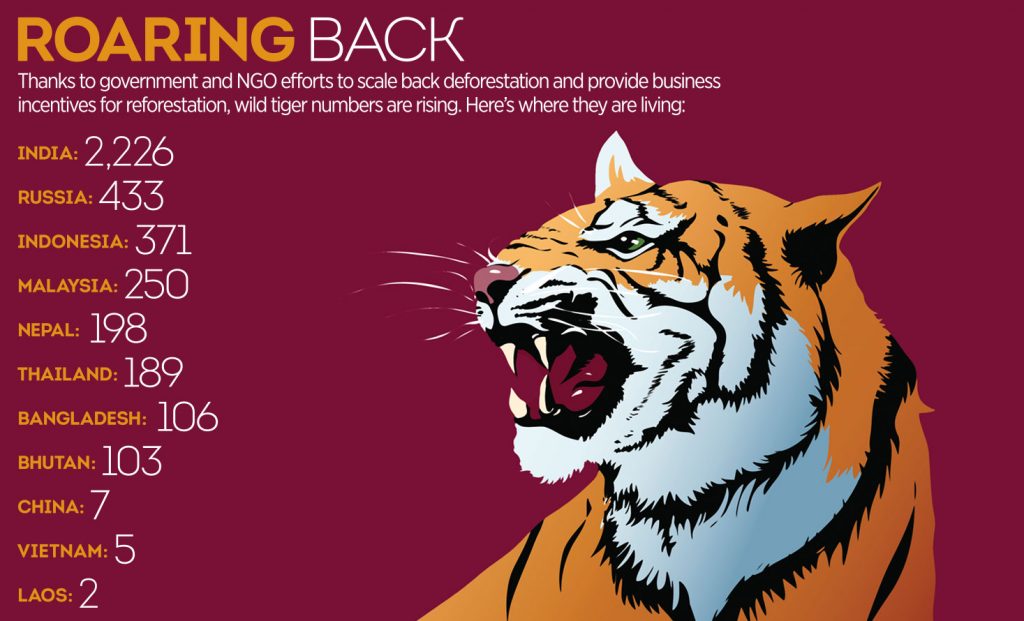City smart
In order to tackle global warming, the world must embrace new technology. Some cities are already displaying exemplary green credentials
In order to tackle global warming, the world must embrace new technology. Some cities are already displaying exemplary green credentials
Cities are the true villains of global warming. Being the polluted, energy guzzling entities that they are, townships are responsible for as much as 80 percent of global energy consumption, contributing to a harmful half of the world’s greenhouse gas emissions. Since it’s been estimated that by 2050, nearly 70 percent of the world’s population will live in cities, it’s inevitable that the crisis isn’t allowed to escalate before drastic measures are put in place. According to the SMART 2020 report, 15 percent of emissions could be cut in 2020 if cities start employing ‘smart’ technologies that achieve energy and resource efficiency via improved monitoring and management of areas such as transport, electricity and industry. Demand for smart cities is increasing, with pressure mounting both from governments and citizens around the world. Responding to the pressure, more and more cities are looking to convert to smart ideals. Copenhagen, Amsterdam and Tocco are three examples at the forefront of the movement.
Tocco
Italy is not the first country that comes to mind when the subject of smart cities crops up. Since only a small part of the country’s energy consumption comes from renewable sources, the region has been widely criticised by the European Union for failing to follow environmental directives. To alter the critics’ disparaging perception of Italy’s green credentials, enter Tocco. This pintsized locale has acquired the term of endearment “miniature smart city” in green circles, although it’s technically a village with a mere 2, 700 households to its name.
Located in the province of Benevento, in the Campania region of southern Italy, Tocco produces a surplus of electricity from four wind turbines that collectively generate about $200,000 year. The introduction of turbines has benefited the small population of Tocco greatly, resulting in scrapped local taxes and other services such as garbage collection fees. Having witnessed the obvious advantages yielded by the wind turbines, the local residents of Tocco only welcome further initiatives to boost the destination’s status as a smart mini city. Even the local cemetery office has been given a planet-saving makeover and is now lit by highly sustainable and cost effective solar panels, a clever move that brings with it savings of about $2,000 a year.
Copenhagen
Copenhagen is one of the world’s most famous smart cities known for its long-standing tradition of research, development and investment in clean technologies. To maintain its well established green standards, the city always has new sustainable projects up its sleeve to help combat the ugly monster that is climate change.
Attempting to become the world’s first carbon neutral capital city by 2025, the destination is the first city in Scandinavia to introduce a mandatory green roof policy that applies to all roofs with less than a 30-degree pitch, including roofs of refurbished and older buildings. In the case of retrofitted roofs, public funding is available to foot the bill, something that is highly indicative of the fervour with which the government is approaching the scheme.
Aside from the green roof programme, Copenhagen is also the driving force behind a number of other smart measures, and is also home to the Copenhagen Cleantech Cluster – one of the largest global clusters dedicated to providing necessary business conditions to aid in cleantech research. Moreover, the “Sundial”, the first fully carbon-neutral building in Denmark, is to be found in the city. Designed by Christensen & Co Arkitekter A/S, the property serves as the nerve centre of the Faculty of Science at the University of Copenhagen, and features an assortment of technologies, such as adjustable façade louvers, in a bid to make it as eco-friendly as possible.
Amsterdam
The smart grid system is one of the key components in the fight against climate change. An avid advocate of this particular technological solution is the city of Amsterdam. The Dutch grid operator Alliander is set to spend 100m euro annually until 2016 to upgrade its whole network to smart grid standards, in order to obtain detailed accounts of consumer energy use, and to pass on the data to utilities. By the end of 2012, most households in Amsterdam will feature smart grid systems, and to maximise the new technology, a dozen projects across both consumer and commercial markets are being developed. One such initiative was first introduced in 2009, and saw hundreds of households receive micro financing to fund energy-efficient purchases for the home.
Other notable programmes include the introduction of pollution free electric trucks designated to collect rubbish along the major shopping stretch that is the Utrechtsestraat; as well as the use of solar panels to power bus stop display signs. Another significant initiative focuses on the vehicle choice of the businesses of Amsterdam. In an effort to encourage companies to swap their stables of conventional cars for the electric variety, the government is set to offer grants of 3m euro in a bid to introduce 10,000 electric vehicles to the streets of Amsterdam by 2015. Sums of up to 250,000 euro are offered to businesses that commit to buying fleets of 20 electric vehicles or more. To make the proposition yet more tempting, an allocation of reserved parking spaces is reserved for electric cars. Furthermore, the number of charging stations is on the increase – the first charging station was installed in November 2009, and in the past 12 months the original count has multiplied fivefold, with the 100th station being installed in spring 2011. Other incentives include 100 percent sustainably generated energy supplied by Nuon, offered free of charge to electric car cardholders until the end of March 2012.













